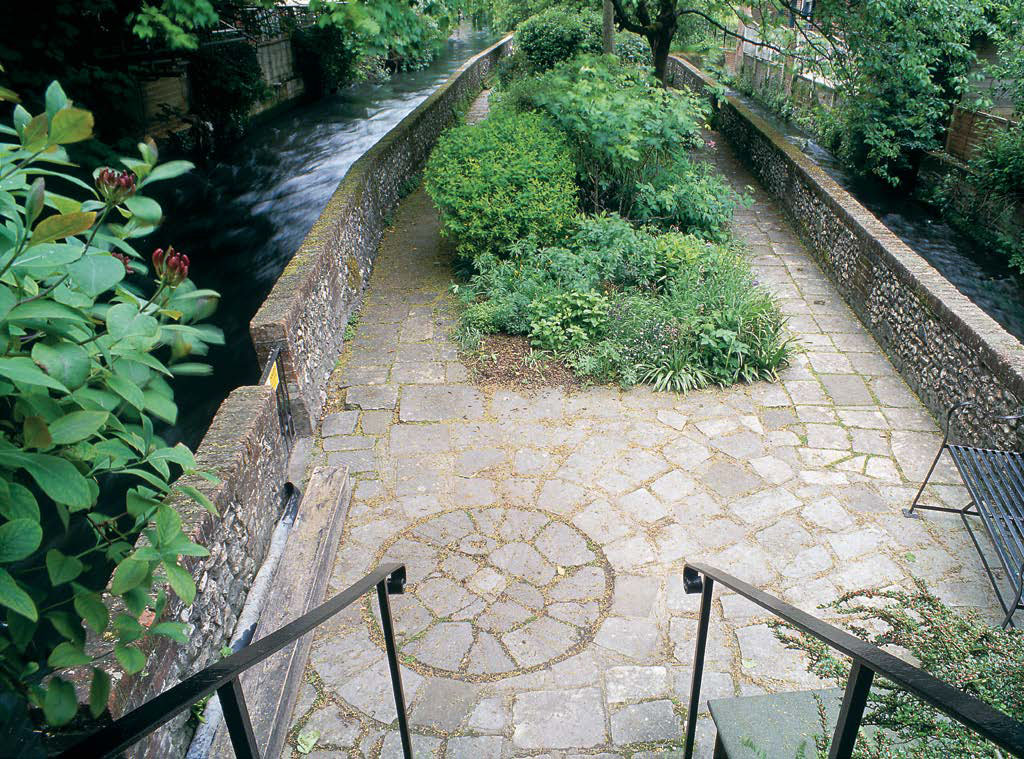
Alfred the great’s profound affect on english life is all around us, but if you want to see it, you have to know what to look for.
Try to set up a history tour around Alfred the Great and you might find yourself coming up short. After all, Alfred ruled in the late 800s and then only in Wessex, a southern English kingdom centred on Winchester. That was just too long ago to leave anything behind that a modern-day traveller can visit. Or was it? Alfred was more than a great monarch; he invented England as we know it. As we travel through Hampshire and the other counties of Alfred’s domain, his successes surround us.
[caption id="img2" align="aligncenter" width="123"]

THE STAPLETON COLLECTION/THE BRIDGEMAN ART LIBRARY
When you start looking for signs of King Alfred in modern England, the one you notice least is the most obvious: everyone speaks English. Well, of course, but without Alfred, the locals might be speaking Danish instead. By the time young Prince Alfred of Wessex reached fighting age, Vikings had been raiding the many tiny kingdoms of the British Isles for 70 years. Typically, a hungry young Viking without prospect of inheritance would organize a company of freebooters, set to sea, and steal his way to prosperity. They liked to attack coastal settlements fast and hard, then loot quickly and flee before the locals could get organized. This got a lot of peasants killed and disrupted ordinary life enormously, but the Anglo-Saxon kings (ten of them at the start of the raids) didn’t seem to care much. They continued to fight each other while Viking attacks became more serious and deadly.
[caption id="img3" align="aligncenter" width="183"]
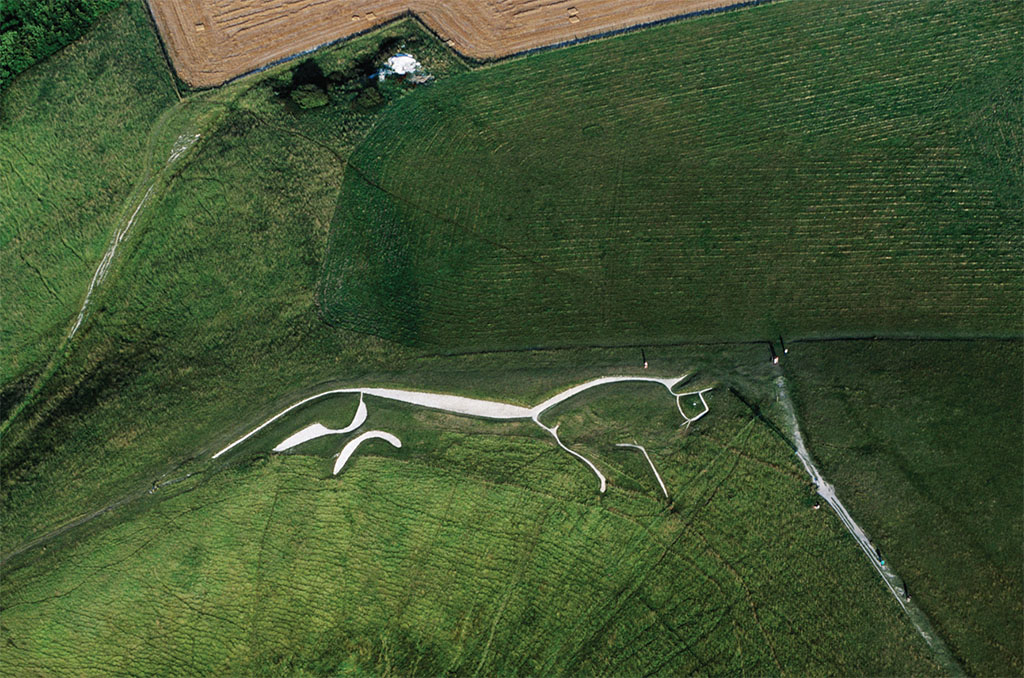
[caption id="img4" align="aligncenter" width="137"]
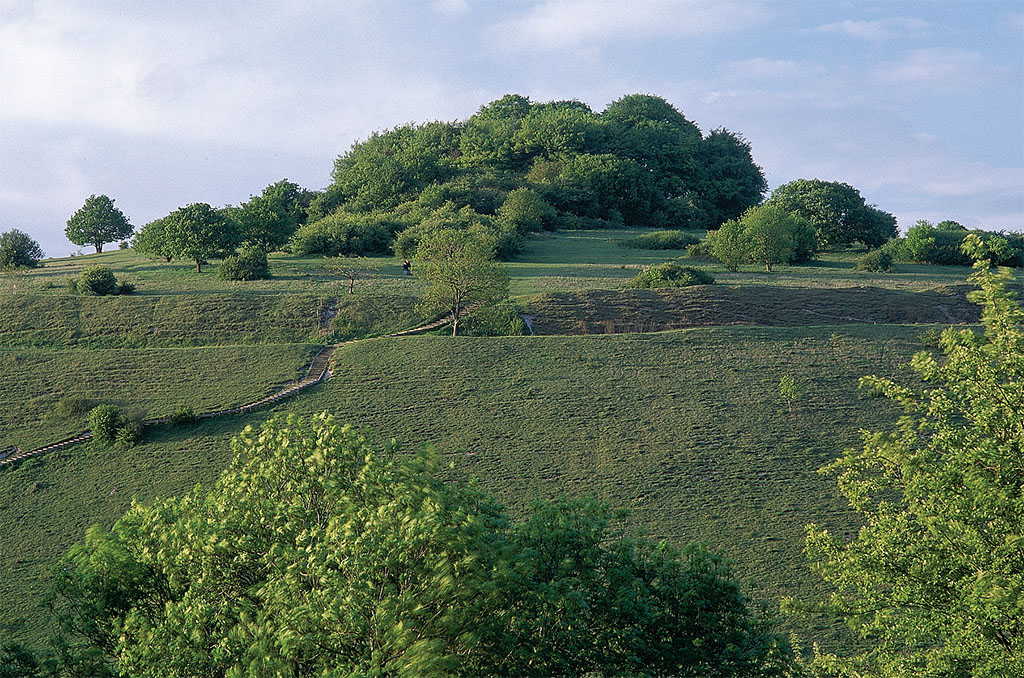
YANN ARTHUS-BERTRAND/CORBIS
In 865 the Viking attacks changed. The raids had been getting larger and better organized—but this was no raid. Instead, the Danish Vikings organized a large-scale invasion, aimed at systematic conquest and colonization of the Saxon kingdoms. By now the ten kingdoms (plus Celtic Cornwall) were down to four strong winners in the internecine struggles: Northumbria to the north, Mercia and East Anglia in the middle, and Alfred’s Wessex in the south. Any one of them should have been a match for an invasion fleet. Instead, warring Northumbrians continued to kill each other even as the Vikings marched on them; their kingdom became the Danish base of operations, and their loot funded an expanded Viking army. Mercia and East Anglia negotiated a peace, which lasted just long enough for the Danes to consolidate their power and put them both to the sword. By 870, only the southern kingdom of Wessex remained independent.
Alone of the Saxon royal houses, Alfred’s family understood the nature of the Viking threat. Wessex had wanted to fight the Vikings when the Danish invasion was new and weak; they had even marched their army hundreds of miles north, only to be turned back by allies not wishing to provoke the Vikings. The Wessex family always knew this was no raid; it wasn’t even a normal war of conquest. This was Armageddon, the final battle between Christianity and the forces of evil. The Vikings were not just robbers and raiders, they were a pagan army whose sworn purpose was to wipe Christian civilization from the face of Britain—loot every church, kill every clergyman, burn every book, and enslave every Christian left alive. A Danish victory would be nothing so trivial as the end of a bunch of minor Saxon royal houses. It would be the end of everything and everyone.
IN 871 THE DANES ATTACKED Wessex with overwhelming strength and quickly captured the region around London. But that’s as far as they got; Wessex’s King Ethelred I—Alfred’s older brother—counterattacked with a fierceness that sent the Danes reeling. Battles raged up the Thames Valley from modern-day Reading to a climax near Wantage. There Ethelred and young Prince Alfred led an uphill attack that routed the Viking army, at a spot marked (then and now) with a giant white horse carved in the chalk, the Uffington White Horse. Battles continued and King Ethelred died, but the Wessexmen fought the Vikings to a standstill. The Danes made peace with the new King Alfred and retreated to their kingdoms in the north.
[caption id="img5" align="aligncenter" width="429"]
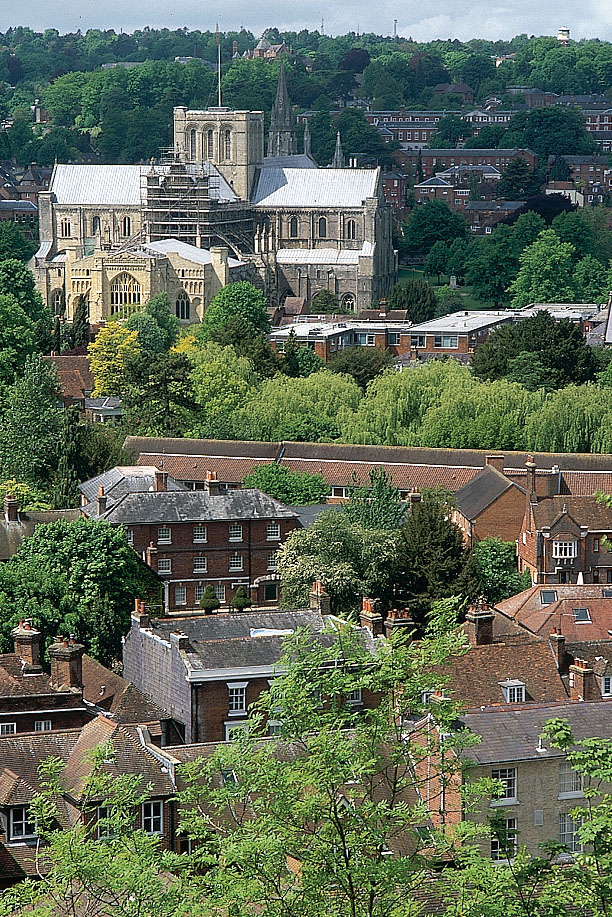
Some of the grasslands upon which Alfred walked and fought survive (in bits and snatches) to this day, the one thing you can visit that Alfred would find familiar. In Alfred’s time they crowned the steep north faces of the chalk downs snaking through his realm; the underlying chalk wicked the water deep underground and away from any would-be farmers, leaving the grasslands empty. And so they remained until the 20th century, only to fall to modern irrigation and farm subsidies. However, Uffington still preserves the landscape that Alfred knew, close cropped by sheep and crowned by a hill fort that was ancient in Alfred’s day. Surprisingly, so does busy Winchester. On the town’s eastern edge sits St. Catherine’s Hill, crowned with another ancient Celtic fort, while nearby Whitshute Hill preserves lush grass and fine views as suburbs lap up against it.
The Danes were not through with Alfred. They waited for seven years—then launched a surprise Christmas attack on Alfred’s royal manor and nearly finished off the house of Wessex in one blow. Alfred fled deep into the marshes of Somerset, then gathered an army of local farmers and hit back hard. Alfred’s victory was so decisive that he was able to force the Danish leader to convert to Christianity as a condition of the peace agreement. Armageddon had been postponed—but Alfred now knew that peace was temporary and that his world had changed forever. He set about reorganizing his kingdom to survive, and even prosper, in a newly hostile England that was three-quarters Viking.
uffington still preserves the landscape that alfred knew, close cropped by sheep and crowned by a hill fort that was ancient in alfred’s day. if you want to see alfred’s success close up, visit winchester. If you want to see how Alfred did it, just go to a market town in southern England; more than likely, it’s a direct descendent of one of Alfred’s burghs, the centrepiece of his reforms. Alfred ruled a wholly rural society, with an economy based on subsistence and barter. Alfred didn’t even have a capital city; he (and other kings) lived on big farms, “royal manors,” and had to move from manor to manor to prevent the local food supply from running out. His subjects lived under continual threat; robbers infested the woods, and Viking raiders raced through the country on Roman roads. Alfred’s new burghs changed all this, by providing security, improving communications, and fostering a wonderful new innovation—markets.
[caption id="img6" align="alignleft" width="147"]
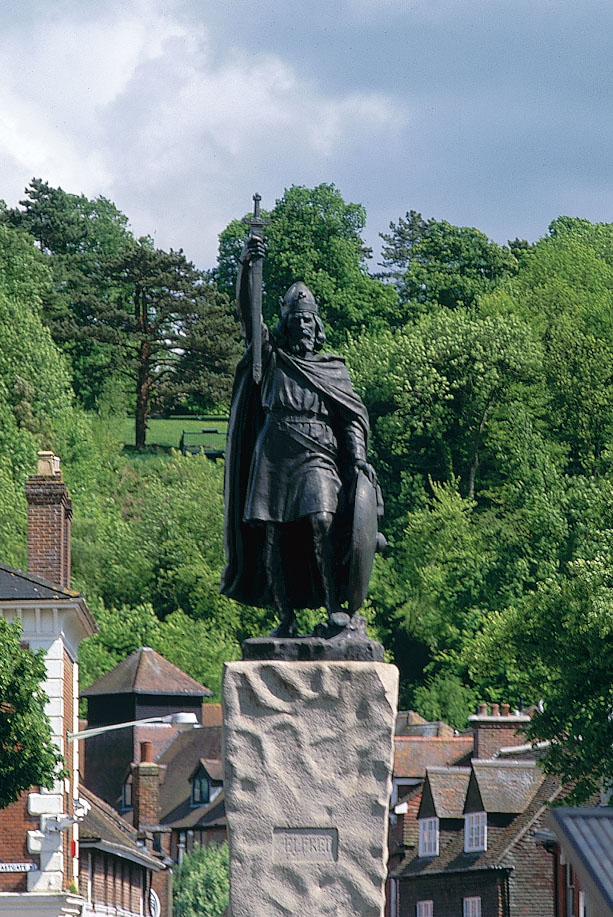
[caption id="img7" align="aligncenter" width="147"]
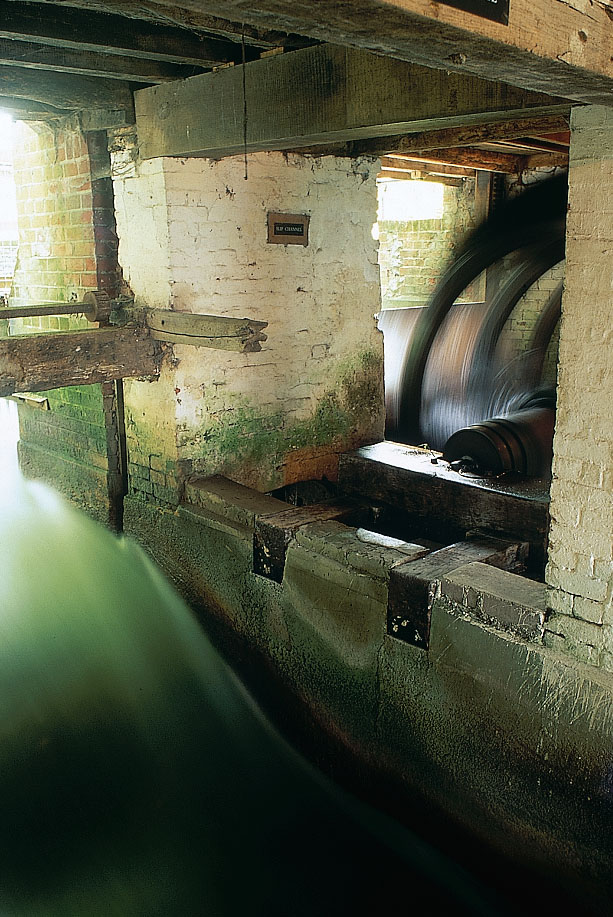
[caption id="img8" align="alignright" width="147"]
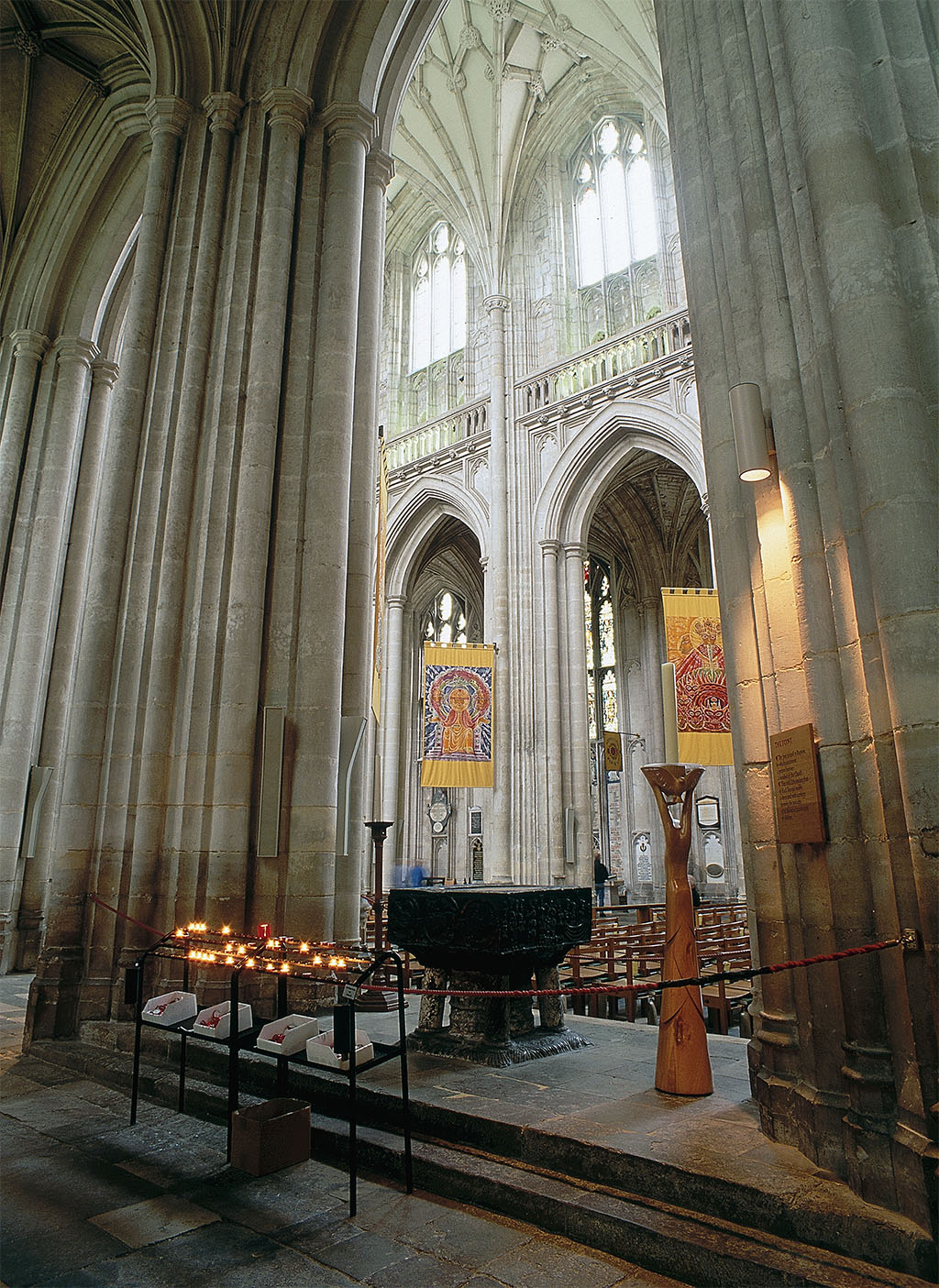
AN ALFREDIDIAN BURGH WAS A SPECIAL SORT OF VILLAGE, made to a new standard plan: rectangular, walled with palisaded earthworks, with a street grid inside and space for a market outside. He designed each burgh just big enough to provide a round-the-clock militia to man the walls; too small and it would have too few people, too big and it would have too much wall. He assigned rural land to each burgh in exact proportion to the length of wall—and everyone had a burgh to run to when the Vikings came. The burgh’s market attracted enough settlers to make the community viable. And Alfred gave each market special status to ensure its success. Alfred placed 29 of these burghs in a great ring around Wessex, each close enough to the next to provide easy communications.
The burghs worked. In fact, they worked so well that, centuries later, their burghers rebuilt their dirt walls in stone, leaving no trace of the original earthworks. And the burghs continued to work so well that, centuries after that, a more modern generation of burghers tore the old stone walls down to let the markets expand and prosper. However, there is an exception, an original Wessex burgh that still has the walls that Alfred built for it: Wareham, on Dorset’s Purbeck coast, 50 miles south-west of Winchester. Alfred expected Wareham to be a booming trade centre on the River Frome, and so it was for several centuries, but then the Frome silted up, and trade shifted northward to Poole. Today you can walk around this busy little village on Alfred’s earthwork walls, enjoying the views and the wildflowers.
[caption id="img9" align="aligncenter" width="570"]
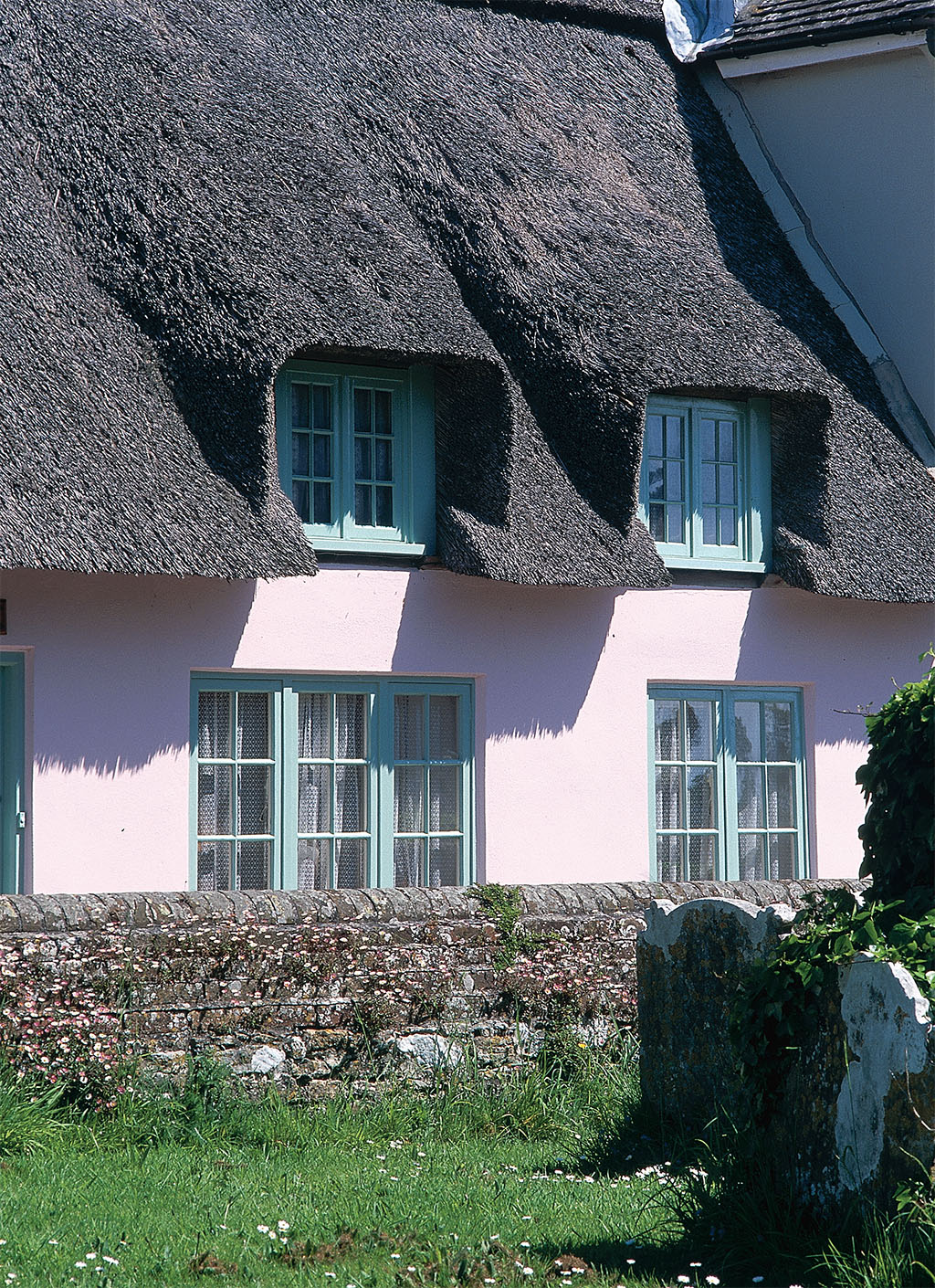
[caption id="img10" align="aligncenter" width="570"]
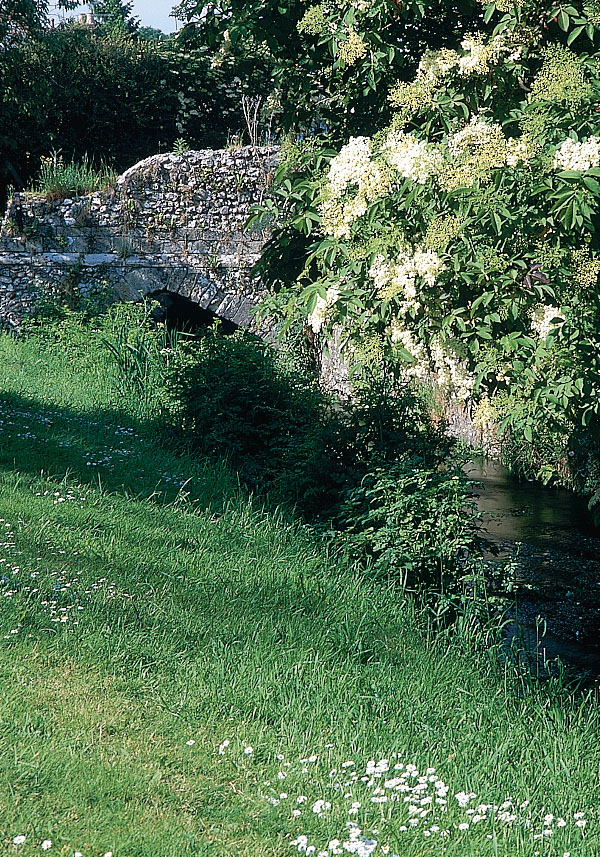
Walking along Wareham’s handsome old walls, you start to wonder, “How effective would farmers atop dirt walls have been against a determined army?” Quite a bit, as it turned out. Actually, the Danish leaders were certainly determined, but their rank and file were not, and Alfred knew it. The ordinary Viking lived on plunder and fought for booty; foil him, and he’d leave. The Viking generals would be forced to move on to a more vulnerable location, else their foot soldiers would trickle away. Force the Viking army to move often enough and it would disappear.
[caption id="img11" align="alignright" width="144"]
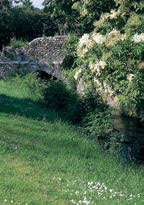
And that’s exactly what happened when the Danes attacked again, in 892. They were weaker by then, and Alfred’s kingdom was much stronger, with its network of burghs nearly completed. The Viking army moved freely between the burghs, but the people and the booty had moved behind the walls, out of reach. The Danes quickly discovered that Alfred’s reorganized army hunted them down faster and more efficiently than ever before, and his newly created navy made the seas dangerous. By 895, the Vikings had given up.
Alfred counter-attacked with characteristic cleverness and restraint. Instead of invading the Viking kingdom and precipitating a massive defence, he nibbled away at the border earldoms, using war and diplomacy to separate each border shire from its Danish jarl. (A shire was an area run by an ealdorman, in Danish a jarl; both words translate as earl.) Once Alfred, or one of his heirs, annexed a shire, he would immediately establish a new burgh there, thus expanding the burgh network. Modern historians track this progress by mapping the burghs created in this northern creep. New, larger shires indicate that Wessex conquered the area and reorganized it; a small shire shows that the local Danish jarl had switched sides and kept his lands. Most of these Alfredian shires survived for more than 1,000 years, finally succumbing to Government efficiency experts in 1974.
ENGLISH LAW AND ENGLISH LEARNING also date from Alfred. He actively sponsored education for everyone in the landowning classes, including women, instead of just the clergy. His scholars recorded Beowulf, compiled the Anglo-Saxon Chronicle (the leading historical source for the Dark Ages), and translated major religious and philosophical works into English. In fact, he translated a couple himself, rendering such classics as Boethius’ The Consolations of Philosophy into vigorous Anglo-Saxon poetry. As for English law, Alfred didn’t create it; he just codified it, drawing from the most respected laws of the earlier kingdoms. From Alfred comes the English Common Law that forms the legal foundation of the United Kingdom and the United States. Most important is the concept that everyone—even a slave—has rights, and everyone—even the king—lives under the law and must obey it.
If you want to see Alfred’s success close up, visit Winchester. While it was never Alfred’s official capital since he didn’t have one, it received so much of his attention and munificence that later Saxon king’s made it their seat of power. In fact, it’s easy to speculate that Winchester, which Alfred knew as the semi-abandoned Roman city of Venta, inspired his vision of the defensible burgh, with its perfectly proportioned walls enclosing a regular street grid. Alfred rebuilt those walls (alas, long gone except for two medieval stone gates) and laid out the streets we see today. He remade Winchester into a major seat of secular and ecclesiastical power at the heart of his kingdom, giving it a large new cathedral—replaced by the current even grander structure two centuries later. A block away, Alfred’s wife founded a nunnery, Nunnaminster; today, public gardens occupy the site. Across the river (and right outside Alfred’s eastern gate) stands an 18th-century mill (now owned by the National Trust) that traces its ancestry to the Saxon period before being lost in the mists of time—just the sort of activity Alfred wanted to attract to his markets. Above that, St. Giles Hill has a public park with wide views on the site of the largest market in medieval (and—perhaps—Alfredian) England. At the centre of all these survivals stands an early 20th-century statue of King Alfred the Great, a monument to the man who created modern Winchester, and modern England.
JIM HARGAN is a professional photographer and freelance writer who frequently travels to Britain for British Heritage.





Comments